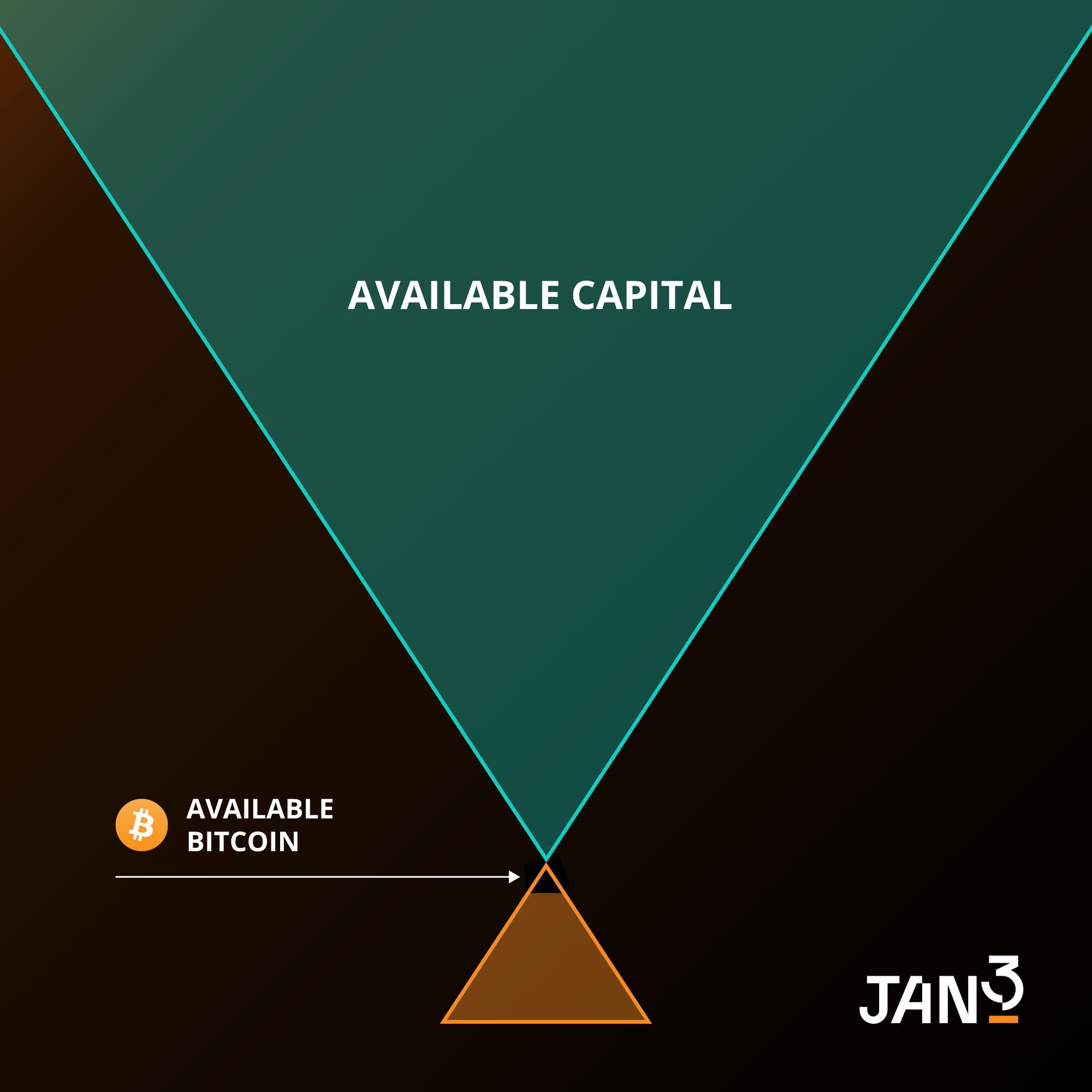Last August 5, Tokyo's NIKKEI 225 index suffered what appeared to be its worst decline in history, plunging -12.4% after the weekend. When the so-called carry trade on the Japanese Yen collapsed, where traders borrow Yen at a cheaper interest rate to purchase currencies or assets elsewhere, its effects were quickly felt throughout markets worldwide. Bitcoin was no exception.
Bitcoin fell around -20%, however, like the rest of the markets, its recovery was almost immediate, eliminating any losses in a couple of days by rising 25% to $62,729. These events highlight the volatility that has characterized and made Bitcoin an extremely appealing asset in the last decade, both for individuals and for entities of the stature of BlackRock through its ETF, starting this year.
Although news like this may cause a stir in the market, during this brief decline, US ETFs did not register any extraordinary selling. On the contrary, BlackRock’s ETF (IBIT) added almost 4,000 BTC in inflows. Likewise, several Bitcoin “whales” seized this opportunity to buy more Bitcoin.
This temporary downfall for Japanese markets illustrates the general sentiment towards Bitcoin in 2024, where short-term volatility is unable to counteract the general demand for those scarce 450 BTC that are mined daily. While traditional markets hang on possible hikes or cuts to interest rates by the Federal Reserve, Bitcoin digital gold facet stays intact.
Indeed, although the influence of variables such as the Japanese carry trade on Wall Street has been demonstrated, a bearish scenario that restricts money inflows towards the American stock market and makes investors turn to gold would end up favoring Bitcoin. Likewise, if the Federal Reserve decides to raise interest rates, a money printing process similar to the one that came before the 2020-2021 bull market would be on the horizon.

The predominant events that would lead to a new bull market for Bitcoin in 2024 and 2025 remain unchanged. Huge amounts of capital waiting to be deployed into an asset other than Wall Street stocks; the growing unstoppable debt trains in the United States; institutions like Goldman Sachs betting on Bitcoin ETFs; and, high levels of inflation at a global level.
All this without considering facts intrinsic to Bitcoin. We have just seen the market absorb almost $3 billion worth of Bitcoin previously confiscated by the German government. Traditionally, even the Bitcoin halving (April 20, 2024) favors an increase in price several months or the following year after the supply of new Bitcoin entering the market has been halved.
Just as El Salvador entered the last bull market relatively late, we can foresee that other nations could do the same heading into this cycle. Let us remember that Germany is the exception, since other countries such as China, the United States or the United Kingdom still hold considerable amounts of Bitcoin.
Added to that, more and more companies like Metaplanet and Semler Scientific are adopting the MicroStrategy (MSTR) model, and purchasing Bitcoin to replace their liquid cash reserves; and, given that pension funds like that of the state of Wisconsin (State of Wisconsin Investment Board) already do the same through ETFs, the outlook for Bitcoin remains quite bullish.
In a year in which the Bitcoin industry has become the subject of debate ahead of the presidential elections in the United States, whether through Robert F. Kennedy Jr., Donald Trump, or even Kamala Harris, it is simply impossible to quantify the effect that the adoption of pro-Bitcoin policies could have moving forward.
My advice for companies, individuals, or countries? Buy Bitcoin while you can.
This op-ed was originally published in Spanish by Forbes Centroamérica on August 16, 2024.



